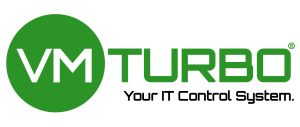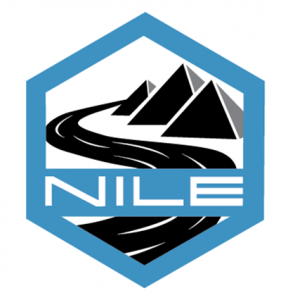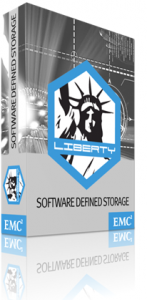![]() On Monday, Cisco ended over a year of hyperconverged infrastructure (HCI) speculation and announced their intent to acquire Springpath.
On Monday, Cisco ended over a year of hyperconverged infrastructure (HCI) speculation and announced their intent to acquire Springpath.
In this case, instead of Cisco the networking company, we’re looking at Cisco the manufacturer of the Unified Computing System (UCS) compute platform. Springpath makes hyperconvergence software. Cisco has been running that software — rebranded as the Cisco HX Data Platform — on their UCS servers and offering that bundle as their HyperFlex HCI solution. You may remember that I wrote about HyperFlex when it first launched back in March of 2016.
I’ve been a fan of the UCS platform since its launch, and I’ve been a fan of Springpath since they came out of stealth. HyperFlex has always looked like a great HCI solution to me, and I’ve been surprised it hasn’t taken off more than it has.
Cisco’s been making an overall change to put more emphasis on software and its value-add, and the Springpath acquisition obviously fits well with that shift. The Springpath team will be joining Cisco’s Computing Systems Product Group.
At the price — $320Million in cash — it’s a bargain for Cisco even if they’re only acquiring Springpath to ensure exclusive access to the intellectual property, or ongoing support for HyperFlex. The acquisition is expected to close in Q1 of 2018, pending regulatory review.






